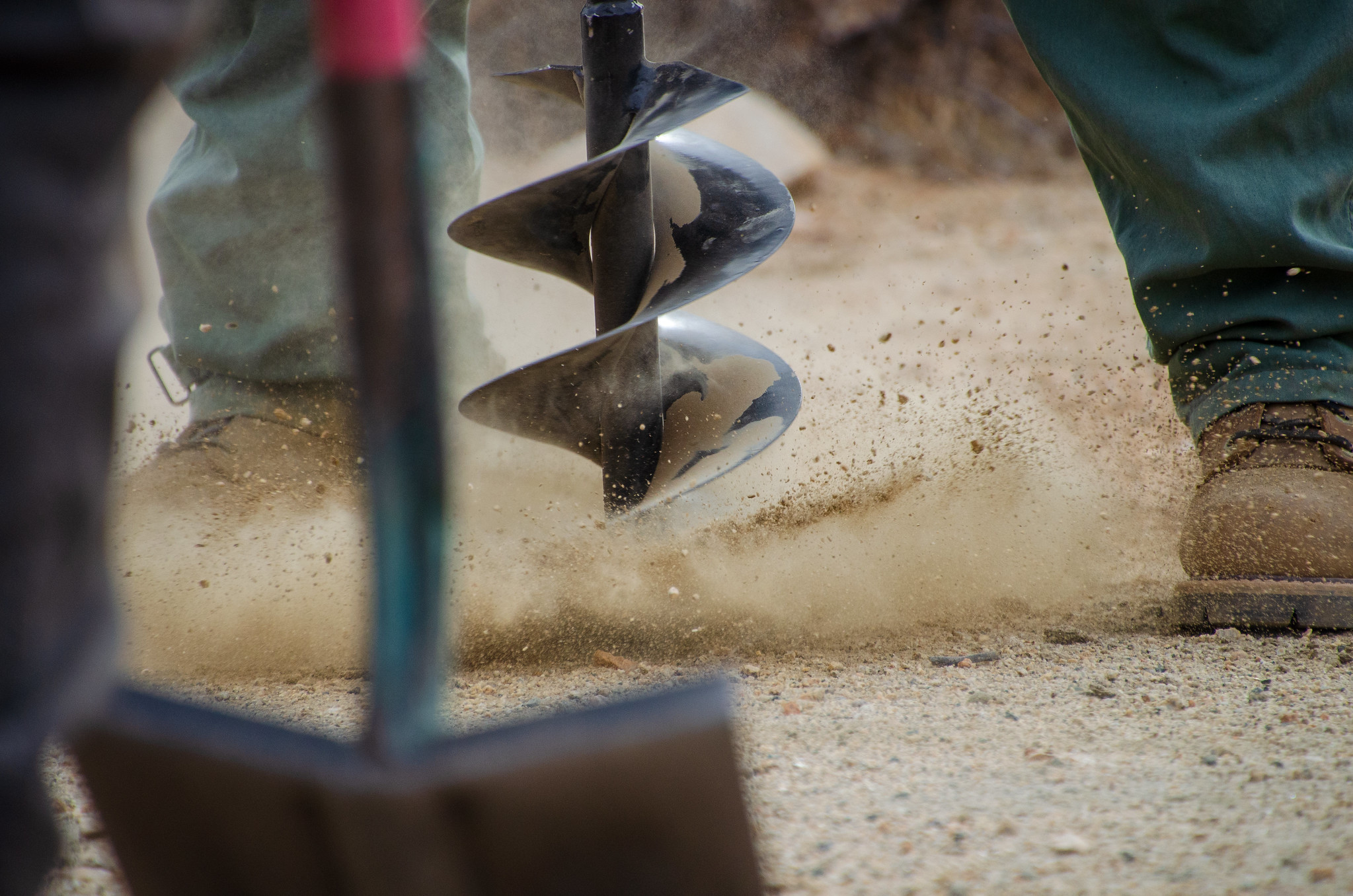Participating in Local Conservation Projects for a Greener Future
Have you ever stood in a quiet forest, listened to the rustling of leaves, or watched a butterfly flit from flower to flower, and wondered how you could help protect these fragile moments of beauty? The good news is that you can. Local conservation projects offer a meaningful way to make a difference in your community—and, in turn, have a ripple effect on global environmental efforts. In this article, I’ll walk you through how you can get involved, why it matters, and the change we can create together.
Understanding Local Conservation Projects
Local conservation projects come in many forms, but they all share one goal: to protect and restore the ecosystems around us. These efforts can range from clearing invasive species from your local park to organizing tree planting events in your neighborhood. No matter how big or small, these projects are vital to maintaining biodiversity, combating climate change, and improving the quality of life for both humans and wildlife.
Getting involved in local conservation isn’t just about feeling good—it’s about taking action to protect the natural world that sustains us all.
Types of Local Conservation Projects
Here are a few examples of the types of local conservation projects you might consider participating in:
- Urban Greening & Tree Planting: Trees are essential for combating climate change, improving air quality, and providing habitats for birds and insects. By planting trees in urban spaces, we’re creating small oases of nature that help support biodiversity.
- Habitat Preservation & Restoration: From wetlands to forests, many ecosystems are threatened by development or neglect. You can help by volunteering for projects that restore native habitats, removing invasive species and planting local, beneficial plants.
- Community Gardens & Pollinator Habitats: These are fantastic ways to create green spaces that not only beautify an area but also provide vital resources for pollinators like bees and butterflies. Plus, they help promote food security in urban areas.
- Waterway Cleanups: River and beach cleanups help protect aquatic ecosystems by removing trash and pollutants that harm marine life. It’s a simple yet effective way to make a direct impact on your local environment.
How to Find Local Conservation Projects
Getting started is easier than you might think! Here’s how you can find local conservation opportunities:
- Research Local Environmental Organizations: Websites, newsletters, and social media pages of local environmental groups often post opportunities to get involved. Think of these organizations as your allies in the fight to protect nature.
- Join Social Media Groups and Forums: Facebook groups, Nextdoor, or even local Reddit threads can be goldmines for finding grassroots conservation projects in your area.
- Attend Environmental Events: Local events, like farmers’ markets or community festivals, often feature conservation groups or volunteer opportunities. These gatherings can be great ways to meet like-minded people and learn about upcoming initiatives.
How to Participate
Once you’ve found a project, the next step is figuring out how you can help. Here are a few ways to get involved:
- Volunteer Your Time: Many conservation projects are looking for hands-on volunteers to help with planting, cleaning up, or spreading awareness.
- Donate: If time is tight, donating money or supplies can make a huge difference. Even a small donation can help fund vital restoration efforts or educational outreach.
- Share the Message: Use your voice to spread the word about local conservation efforts. Whether it’s a social media post, a conversation with neighbors, or hosting a community event, your voice matters in building awareness and creating momentum.
Small Actions, Big Impact
Every local action is a thread in the larger tapestry of global change. By getting involved in local conservation projects, we’re not just protecting our immediate surroundings—we’re creating a more sustainable world for future generations. Whether you choose to volunteer, donate, or simply spread the word, you have the power to make a difference. Let’s take that first step together—one project at a time.
FAQ: How to Get Involved in Local Conservation Projects
You can join various projects, including urban greening and tree planting, habitat restoration, community gardens, pollinator habitats, and waterway cleanups.
Research local environmental organizations, join social media groups, and attend community events like farmers’ markets or festivals where volunteer opportunities are often shared.
You can volunteer your time, donate money or supplies, or raise awareness through social media and community outreach to support conservation efforts.
Local conservation projects help protect ecosystems, support wildlife habitats, and combat climate change, contributing to a healthier and more sustainable environment for future generations.
No, most projects welcome volunteers of all skill levels. Some may offer training, and your willingness to help is what matters most.

